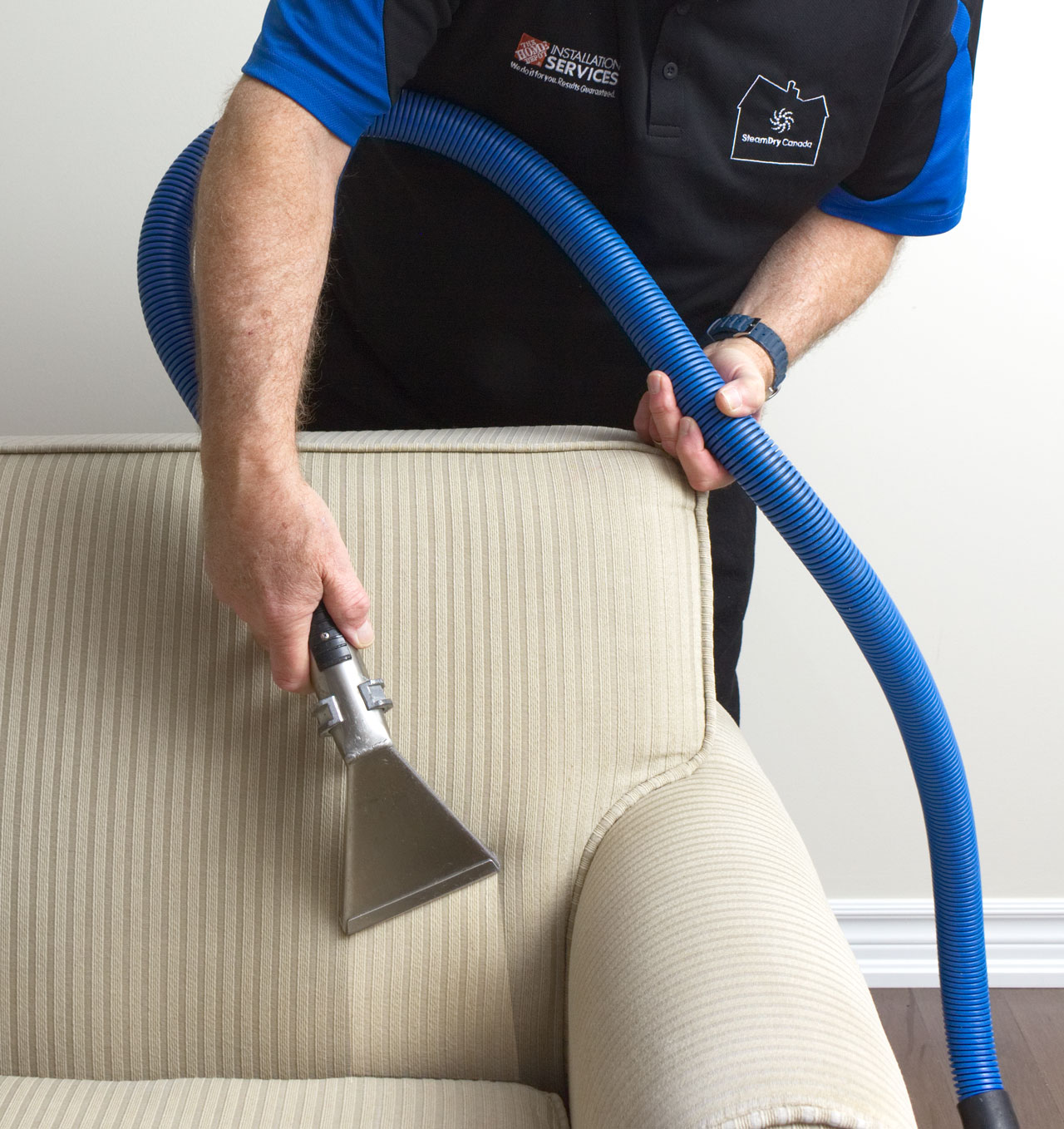Textiles Transformation: Cutting-edge Techniques for Upholstery Cleaning
The cleaning of upholstery is often neglected aspect of home maintenance, yet it plays a vital role in ensuring a healthy and inviting living environment. From sofas to eating chairs, the materials we choose for our furnishings can gather dust, allergens, and stains over time. With https://graph.org/Spots-Are-Away-Efficient-Solutions-for-Upholstery-Maintenance-09-17 emerging in the cleaning industry, homeowners now have access to a plethora of knowledge and solutions that can refresh their upholstery and lengthen the life of their furniture.
In this detailed guide, we will explore different aspects of upholstery cleaning, equipping you with the means and insights to tackle any task. Whether you're facing common stains, curious about hired help, or eager to explore DIY methods, we’ve got you covered. By grasping how often to clean your upholstery, the benefits of hiring services, and effective techniques to remove stubborn stains, you can ensure your home stays fresh for years to come.
Fundamental Couch Maintenance Techniques
Regarding upholstery cleaning, understanding the appropriate techniques can make all the distinction in upholding the look and durability of your furniture. One efficient method is consistent vacuuming, which assists in eliminating dust, dirt, and allergens lodged in the fabric. Employing a vacuum with a bristle attachment gently extracts debris without damaging the fibers. Strive for a thoroughly vacuuming at least once a week, paying attention on crevices and seams where dirt tends to gather.
Stain removal is another vital technique for dealing with stains immediately before they set. Different fabrics require different cleaning solutions, so it is important to try any cleaner on a discreet area first. For water-based stains like coffee or juice, dabbling with a clean cloth and using a mild soap solution can be efficient. In contrast, for oily stains, a dedicated solvent may be required. Remember to avoid scrubbing, as it can expand the stain and harm the fabric.
For more comprehensive cleaning, professionals often recommend steam cleaning as an option. This technique uses hot steam to delve into fibers, detaching dirt and grime while disinfecting the surface. It is especially helpful for upholstery that is not easily cleaned with conventional methods. However, it's crucial to be aware of the fabric type, as some materials may not react well to steam. Understanding your unique upholstery fabric is key to determining the most effective cleaning technique.
Common Stains and The Remedies
Upholstery is vulnerable to a number of marks, and understanding how to treat them can save your furniture. One of the most frequent culprits is dropped red wine. For efficient removal, immediately blot the stain with a fresh cloth to absorb as much wine as possible. Then, make a mix of 1 part dish soap mixed with 2 parts hydrogen peroxide, put it to the mark, and gently scrub with a gentle tool. Wash with cold water and pat dry.

Another frequent mark comes from food, especially saucy dishes or grease. Start by removing off any hard residue while not rubbing it into material. Then, sprinkle baking soda on the stain to absorb grease, allowing it sit for a short minutes before vacuuming. Follow up, apply a combination of distilled white vinegar and water. Pat the area carefully with a cloth until the mark disappears, then rinse and dry as necessary.
For ink stains, which can be particularly difficult, using rubbing alcohol can be helpful. Soak a cotton ball in rubbing alcohol and try it on an inconspicuous area first. If it works, put it to the mark carefully, using a clean cloth to keep patting until the ink is absorbed. Then, clean the area with a blend of water and mild soap, then rinse and blot dry. Knowing these solutions can enable you to address marks quickly and efficiently.
Specialized vs. DIY Upholstery Cleaning
When it comes to upholstery cleaning, individuals often face the decision between specialized services and DIY techniques. Specialized upholstery cleaning offers several benefits, including the use of advanced machinery and specialized care solutions. Trained professionals understand the details of different fabrics and stains, ensuring a deep clean that can enhance the longevity of your pieces. Furthermore, professionals can efficiently handle stubborn marks and scents, providing a level of cleanliness that is hard to achieve with home approaches.
On the other hand, DIY upholstery care can be a cost-effective option for those who are on a budget or prefer to maintain their own furniture. There are numerous online guides and products on the market that can help with basic cleaning tasks. Simple solutions, like vinegar and water or baking soda, can effectively tackle minor marks and smells. However, it is essential to be careful, as incorrect cleaning practices can harm the material or worsen stains further, making the condition worse.
Ultimately, the decision between specialized and DIY cleaning depends on the specific needs of your upholstery. For periodic maintenance and minor cleaning, DIY approaches may be adequate. However, for deep cleaning, particularly in households with pets or allergy considerations, investing in specialized upholstery cleaning can provide superior results. Weighing cost with the desired effect is key to determining the most effective approach for your upholstery care.